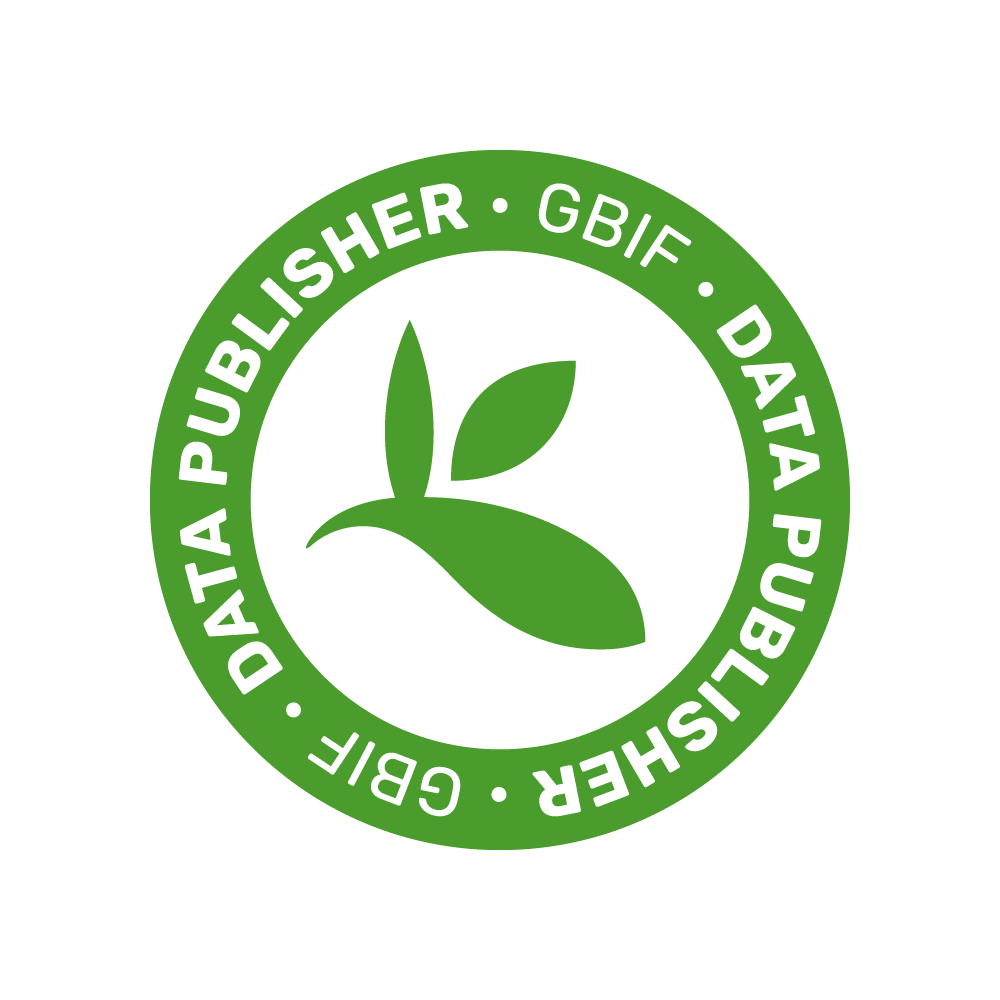IBBR Webinars


Fine-tuning of the photosynthetic machinery in land plants: a proteomics approach within an evolutionary frame
Andrea Trotta
IBBR - UOS Sesto Fiorentino (FI) - Italy
March 03, 2021 (11:30-12:30)
Webinar Link: https://global.gotomeeting.com/join/364591317
Abstract: Conversion of solar energy into reducing equivalents and chemical bonds by photosynthetic organisms is a fundamental process for life on Earth. Light is harvested by the chlorophyll-binding protein complexes photosystem (PS) II, PSI and light-harvesting complex (LHC) proteins, which are embedded in the thylakoid membranes of the chloroplast. During the day, part of the LHC dynamically contributes to the absorption cross-section of either PSII or PSI to adapt to the ever-changing quantity and quality of the sunlight spectrum. To maximize the photosynthetic process but also prevent the harmful effect of excess light, photoautotrophs have evolved several regulatory mechanisms of the photosynthetic machinery, differing from cyanobacteria to algae to land plants. Understanding the details of these mechanisms is essential for scaling-up the utilization of photosynthetic organisms as living cell factories, or for the increase of crop yields in a wider range of environments. The regulatory mechanisms include post-translational modifications (PTMs) of thylakoid proteins, such as light-dependent reversible phosphorylation of the N-terminus of specific subunits of PSII and LHCII by the kinases STN8 and STN7, respectively. In the past years, we have focused on the role and evolution of these PTMs in providing flexibility to the photosynthetic apparatus at the beginning of land colonization by mosses and later on by gymnosperms and angiosperms. We found that dynamic STN8-dependent phosphorylation of PSII is linked to the fast acclimation to increased light intensity in higher plants but not in mosses. Moreover, the STN7-dependent phosphorylation of LHC proteins is fine-tuning both the LHCII-photosystems interactions and the ultrastructure of the thylakoid membranes in response to changing light intensity. In particular, we have found a key role of specific phosphorylations in Norway spruce (Picea abies) which enable overwintering under extremely cold temperatures. The potential future developments of this branch of research will be discussed in terms of adaptation to cold in arboreal and crop species
Author's Info: https://ibbr.cnr.it/ibbr/info/people/andrea-trotta




